Astronomy
-

The physicist who wants to build a telescope bigger than Earth
Vanderbilt professor Alex Lupsasca plans to extend Earth's largest telescope network beyond the atmosphere with a space-based dish. It could spot part of a black hole we've never seen before – and perhaps discover new physics. Read MoreJul 17, 2024
-
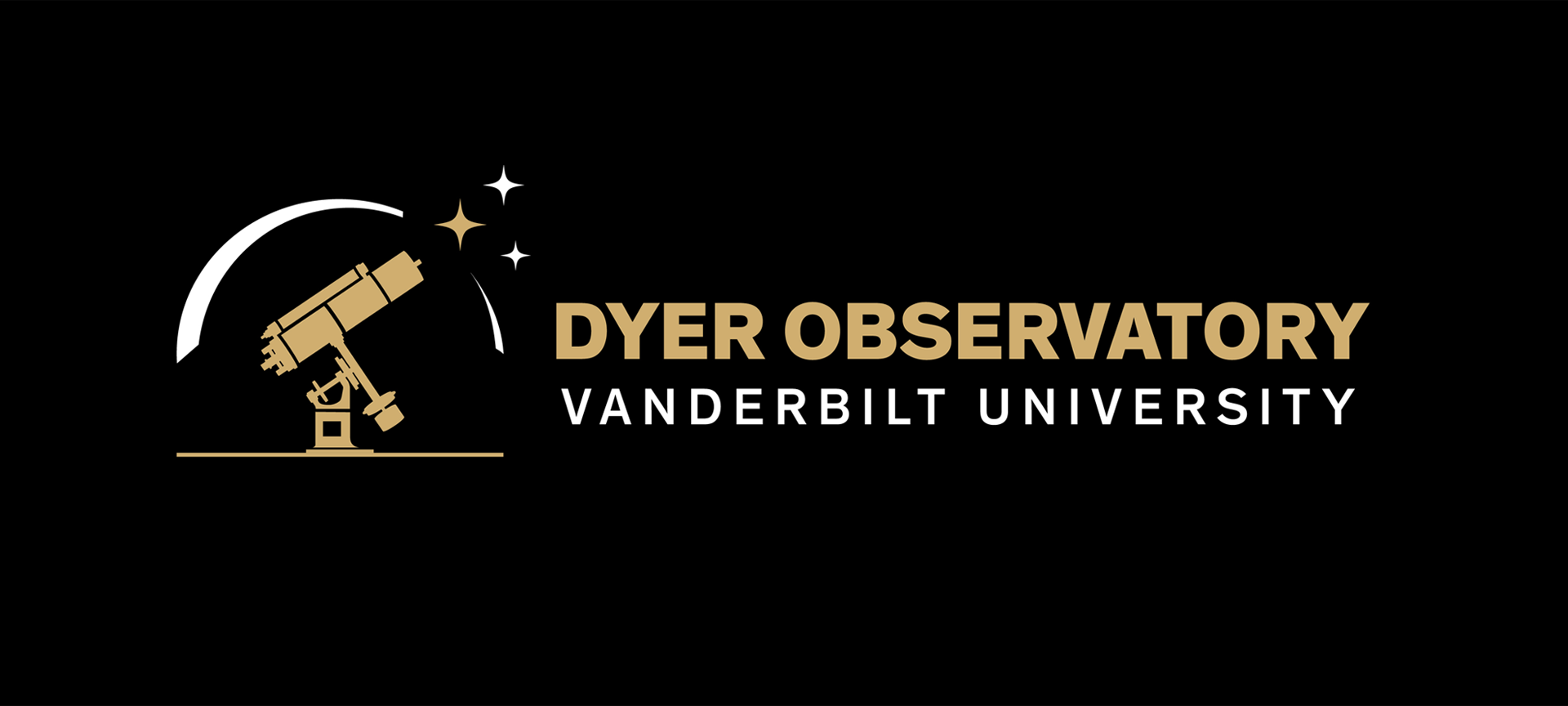
Vanderbilt Dyer Observatory launches 2024 season with a new look
Vanderbilt Dyer Observatory welcomes astronomy enthusiasts to its 2024 season, marked this year by the unveiling of a new logo. Read MoreMar 22, 2024
-
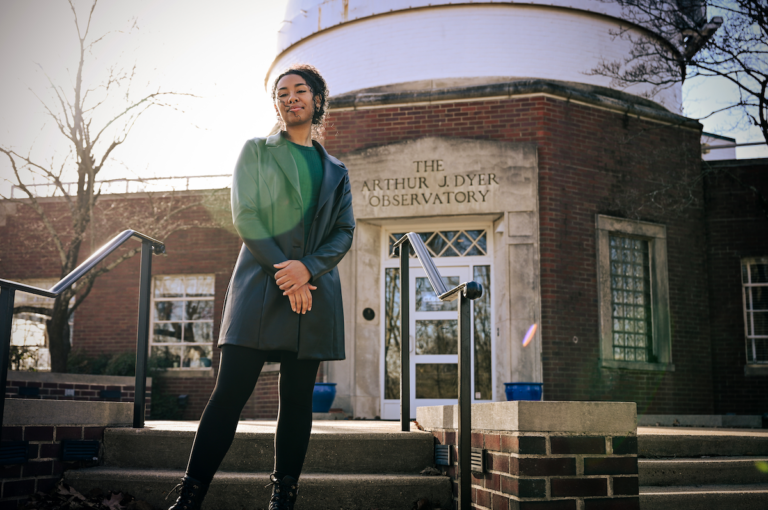
Bridging the gap: Combining music and astrophysics to improve representation in science
Vanderbilt graduate student Shaniya Jarrett created a community outreach project that introduces Black girls to astronomy by incorporating music. AstroBeats: Sounds of the Cosmos brings together local middle-school Black girls to translate NASA data into unique musical compositions, teaching the importance of thinking creatively about how to interpret scientific data. Read MoreFeb 29, 2024
-
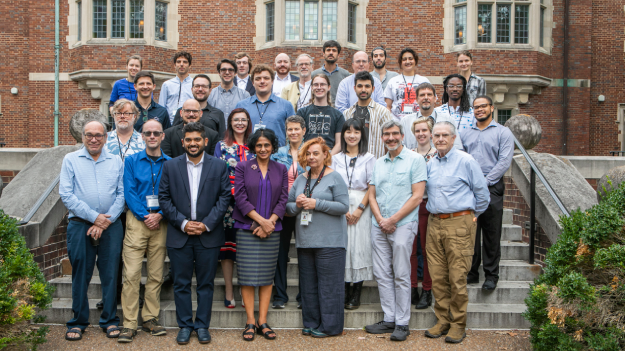
Vanderbilt hosts first international meeting to plan space-time observatory on the moon
Vanderbilt hosts first international lunar gravitational wave workshop, including a Nobel laureate, a NASA administrator, leading astrophysicists and more, to identify opportunities and resources to continue exploring our universe. Read MoreOct 23, 2023
-
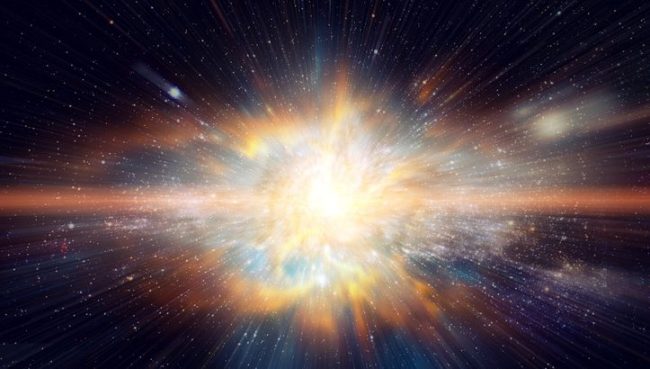
International collaboration including Vanderbilt astrophysicists discover ‘forbidden planet’
Aging stars expand and eventually destroy planets in their inner systems. Or do they? A team of researchers that includes Keivan Stassun finds evidence of a planet that survived its star’s transformation, and that is reshaping our understanding of planetary and stellar evolution. Read MoreJul 17, 2023
-
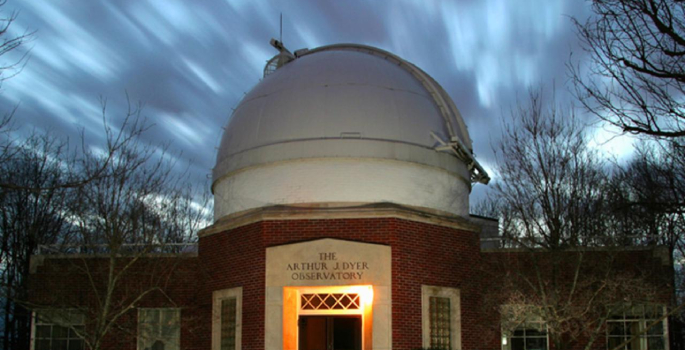
Vanderbilt Dyer Observatory honors well-known astronomer 100 years after his death
The public is invited to a March 16 lecture at Vanderbilt Dyer Observatory to learn more about noted astronomer Edward Emerson Barnard and his connections to Vanderbilt’s history. Read MoreMar 10, 2023
-
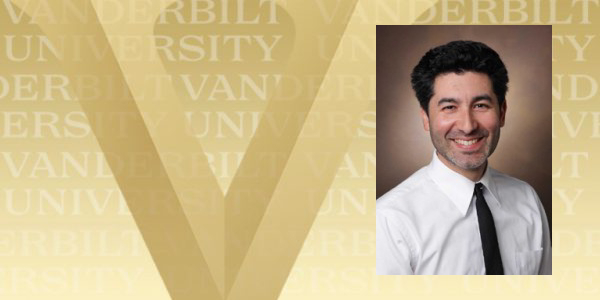
Keivan Stassun appointed to National Science Board by President Joe Biden
Keivan Stassun, Stevenson Professor of Physics and Astronomy and director of the Frist Center for Autism and Innovation at Vanderbilt University, has been appointed to the National Science Board by President Joe Biden. Read MoreJan 26, 2023
-
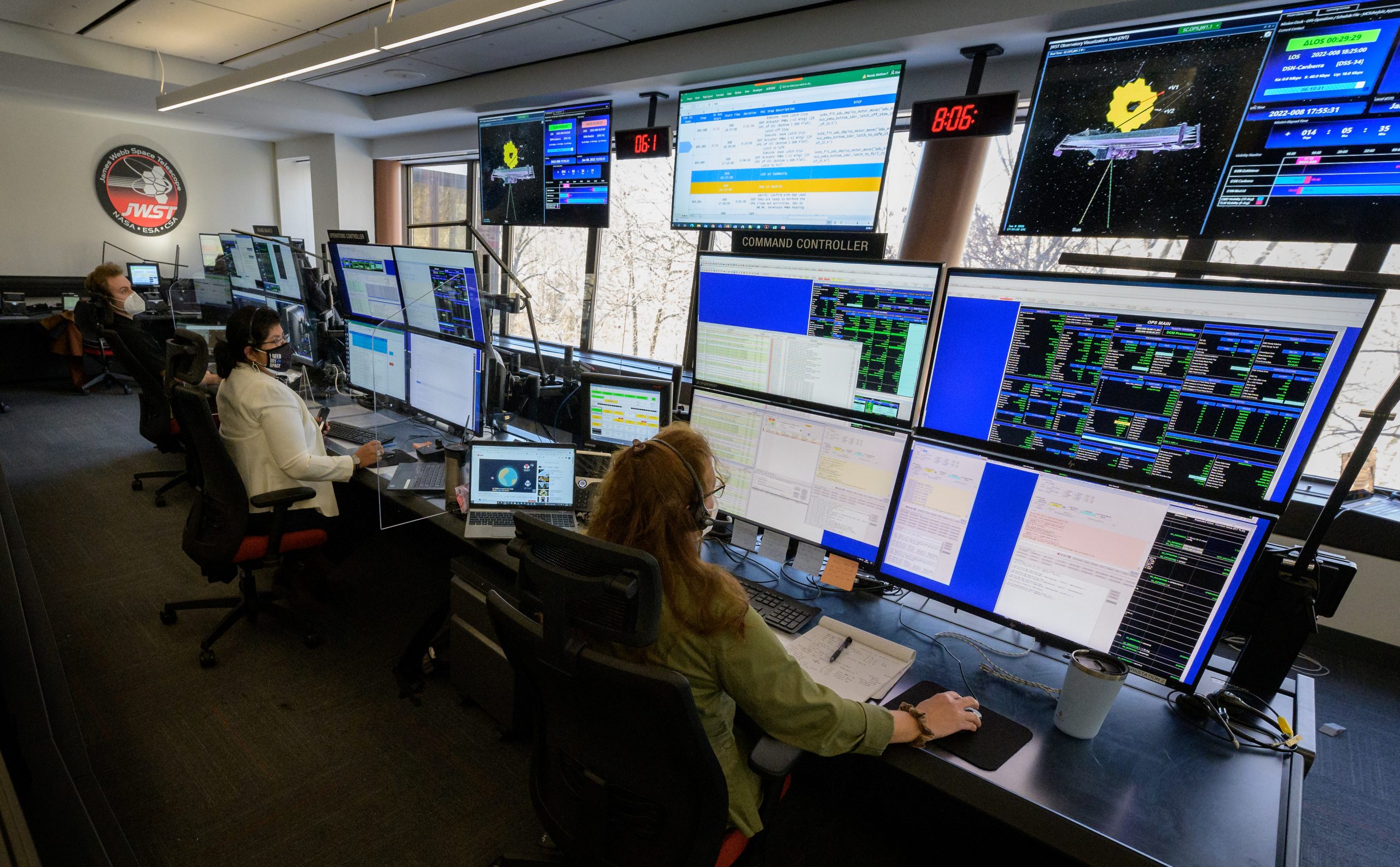
The Sky Is for Everyone: A definitive collection of stories from the women reshaping astronomy since 1960
David Weintraub’s commitment to equal opportunity in astronomy inspired his latest book, The Sky Is for Everyone. The autobiographical essays by women who broke down barriers and changed the face of modern astronomy include a chapter by alum Yilen Gómez Maqueo Chew. Read MoreAug 1, 2022
-

Vanderbilt astronomers discover exceedingly rare star
A team of astronomers has made the discovery of a lifetime that will help answer burning questions on the evolution of stars. The group is led by Keivan Stassun, Evolutionary Studies Initiative member and Stevenson Professor of Physics and Astronomy. Read MoreFeb 11, 2022
-
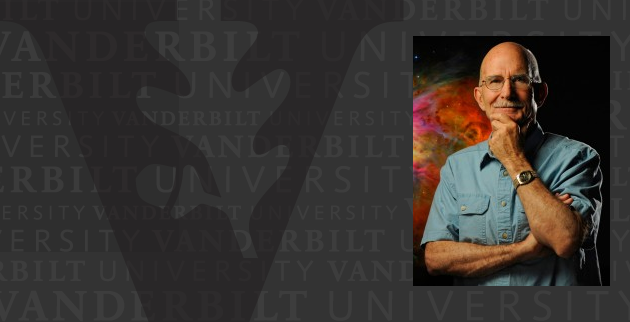
Vanderbilt’s Bob O’Dell elected 2022 fellow of American Astronomical Society for role in creating Hubble Space Telescope
Robert O’Dell, Distinguished Research Professor of Physics and Astronomy, has been named a 2022 fellow of the American Astronomical Society for extraordinary achievement and service to the field of astronomy. He is among 23 fellows being inducted into the AAS this year. Read MoreJan 20, 2022
-
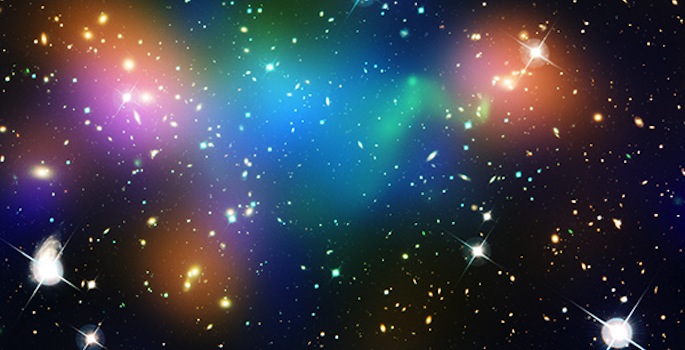
Vanderbilt receives $3M from National Science Foundation to launch cutting-edge astronomy graduate program
Vanderbilt University researchers from the departments of physics and astronomy, math, electrical engineering, and history have received a $3 million National Science Foundation Research Traineeship Award to establish a graduate certificate program in the emerging field of multimessenger astronomy. Read MoreJan 18, 2022
-
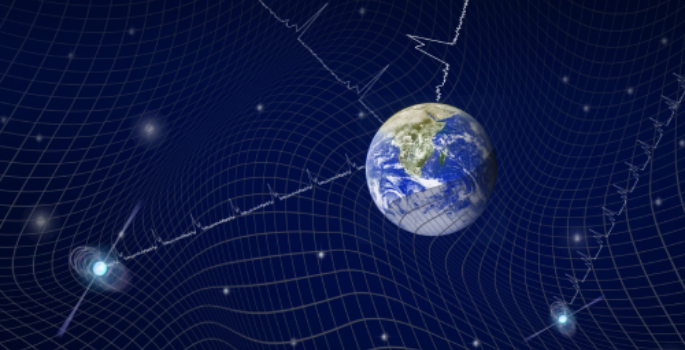
Vanderbilt researchers contribute to promising global search for gravitational waves
International astronomy collaboration strengthens evidence for signal that may hint at ultra-low frequency gravitational waves. Read MoreJan 14, 2022
-
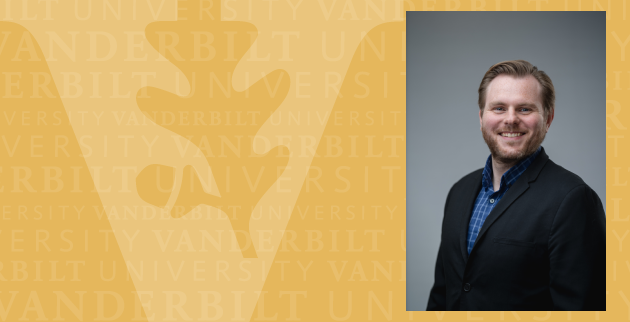
Stephen Taylor receives NSF CAREER award to study gravitational waves from supermassive black holes
Stephen Taylor, assistant professor of physics and astronomy, has received a National Science Foundation Faculty Early Career Development Program award to further his efforts to probe ultra-low-frequency gravitational waves. Read MoreDec 14, 2021
-
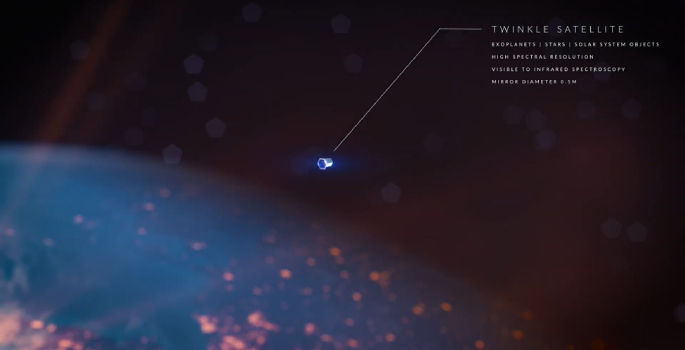
Vanderbilt astronomer co-authors seminal roadmap for the next decade of U.S. research in outer space
Keivan Stassun joins leading astronomers to write "Astro2020," a once-in-a-decade guide for astronomy research, prioritizing gargantuan telescopes on the ground and in orbit as well as increased diversity and inclusion. Read MoreNov 15, 2021
-
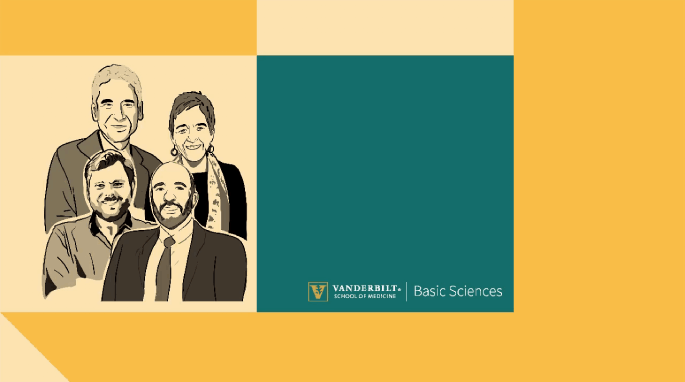
Academic experts across disciplines tackle questions surrounding the origins of life
The School of Medicine Basic Sciences brought together a biologist, a Christian theologist, a philosopher and an astrophysicist June 17 for a lab-to-table conversation exploring their views and academic perspectives on the origins of life. Read MoreJul 7, 2021
-
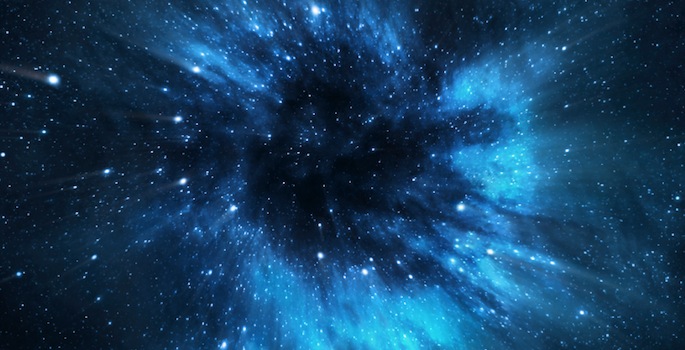
Research Snapshot: Astrophysicists prepare for age of multimessenger astronomy; build galaxy catalog to study black holes
Led by Vanderbilt astrophysicists, researchers work with data from thousands of galaxies to investigate the origins and physics of black hole binaries in nearby galaxies. Est. reading time: 2 mins. Read MoreJun 23, 2021
-
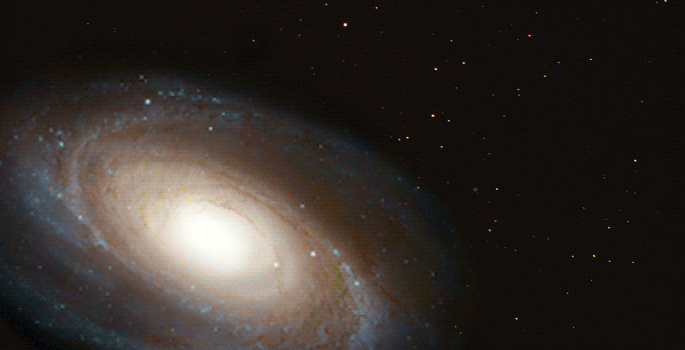
National Science Foundation renews funding to support detection of gravitational waves, led locally by Stephen Taylor
NSF funding will support the development of new techniques to search for signatures of exotic interstellar phenomena. Read MoreJun 21, 2021
-
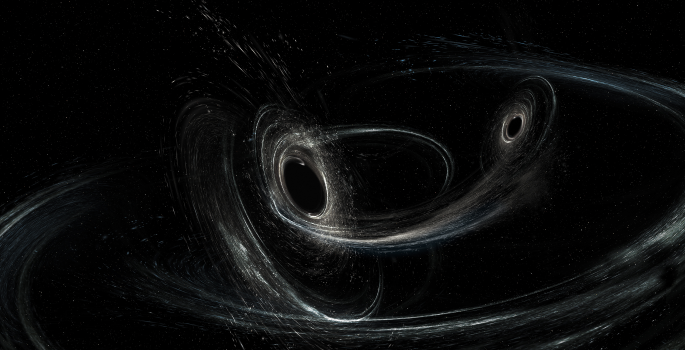
Research Snapshot: Vanderbilt astronomers lead preparation for supermassive black hole analysis
Vanderbilt astronomers lead group that created the roadmap for studying supermassive black holes after detecting the low-frequency gravitational waves they create. Est. reading time: 2 mins. Read MoreMay 7, 2021
-
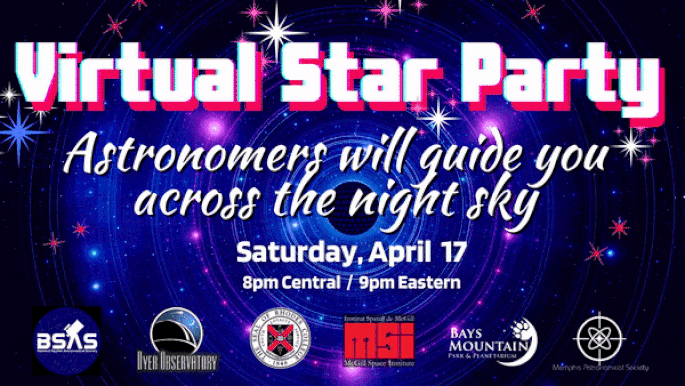
Vanderbilt Dyer Observatory to host virtual star party April 17
Join Vanderbilt Dyer Observatory on Saturday, April 17, at 8 p.m. CT for a free, educational star party and discussion. Read MoreApr 5, 2021
-
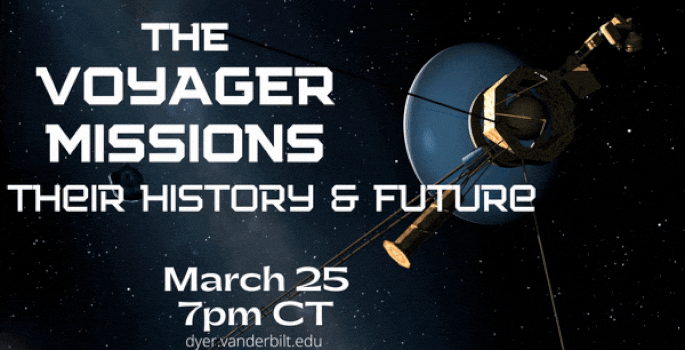
Voyager missions discussion hosted by Vanderbilt Dyer Observatory on March 25
Billy Teets, director and resident astronomer for Vanderbilt Dyer Observatory, will lead a discussion of the history of the Voyager spacecraft—including their engineering, major discoveries and what they are up to today. The virtual event will be at 7 p.m. CT on Thursday, March 25. Read MoreMar 22, 2021